What are common hot water systems?
In many residential buildings across NSW, owner occupiers and tenants are supplied hot water through a centralised common hot water system, rather than each apartment having its own water heater. These systems are frequently referred to as ‘common hot water systems’, ‘bulk hot water services’, or ‘centralised hot water services’.
Common hot water systems are usually gas powered but may also be heated by electricity. A typical gas common hot water system contains the following parts:
- master water meter - where water from the local water provider enters the system
- master gas or electricity meter - where energy from the local network enters the system
- a central hot water heater (or multiple central heaters)
- central piping throughout the building to each apartment
- hot water meters at each apartment.
Traditionally, the gas network provider has supported the growth of common hot water systems by taking ownership of the individual hot water meters for each apartment, providing maintenance, meter reading, and billing the hot water usage for each meter directly to the customer’s preferred retailer. Jemena allocates each hot water meter with a Delivery Point Identifier (DPI) or Meter Installation Registration Number (MIRN). Customers are billed by recording how much hot water runs through the hot water meter at each apartment, and then using this data to calculate how much gas or electricity was consumed by the system when heating the water that the customer used.
What are hot water embedded networks?
A hot water embedded network is any apartment building with a common hot water system where the hot water meters for each individual apartment are owned, maintained and read by a third-party and not network providers.
The individual hot water meters in an embedded network are not allocated with a DPI or MIRN. This means that authorised energy retailers do not have access to the meter data from the hot water meters and customers do not have access to retail market competition.
There are a variety of business models that currently exist for operating a hot water embedded network. However, most hot water embedded networks are designed to combine a centralised hot water service with an unmetered gas supply to each apartment, sold as a ‘gas cooktop’ service.
Embedded network hot water customers are not covered by the energy specific protections contained in the National Energy Consumer Framework (NECF).
Case studies
Backbill leads to high bill
A customer that holds the account for the common hot water service provided to his apartment, advised us that he had received notification from his energy retailer that the charges on his account would be adjusted to recover 12 months of undercharges. They contacted the energy retailer about the higher than expected backbill. The retailer advised the customer that there was no limit to the period of time that can be backbilled. The customer complained to us that he considers the billing issue was caused by the retailer’s billing system upgrade and lack of customer service over the issue. The customer considered it to be unfair to recover 12 months of charges due to a retailer error.
We explained that the retailer was able to backbill for twelve months as the usual nine month limitation only applies to electricity and gas bills, not hot water. We then referred the matter to the retailer for resolution at a higher level and advised the customer that he could return to us if an agreed outcome could not be reached.
Customer not informed of embedded network when purchasing property
A customer purchased an apartment off the plan in August 2020. The customer told us that the sales agent did not inform him that the apartment was part of an embedded network and no information about the network was included in the contract. The customer objected to living in an embedded network because he considered it to be monopoly and he could not choose his own energy provider. The customer complained that the fees and charges were significantly higher than the gas and electricity offers he could see from the retail market. The customer also complained that his gas bill is separated into hot water usage and a daily gas cooktop charge. The customer noted that the hot water is charged in cents per litres and the charges did not reflect his actual gas usage.
We provided advice about making a complaint to his energy retailer in the first instance. We also referred the customer to Fair Trading NSW for advice about the sale of the property.
Customer given conflicting information
A customer recently moved into a new apartment and noted that the residential tenancy agreement she signed, stipulated that the building was not part of an embedded network. The customer then tried to open a gas account with the energy retailer of her choice but she was told that the apartment was in an embedded network. So, the customer opened a gas account with the energy retailer providing services to the embedded network. The customer noted that she was being charged for hot water usage and a daily charge for a gas cooktop service and complained that her first gas bill was higher than expected.
The customer also told us that the hot water service took a long time to heat up after turning the tap on and therefore the bill did not reflect her actual usage of gas. The customer had checked and not found any leaks from the hot water service. The customer contacted the retailer to obtain an explanation of how the charges were calculated but did not ask for the bill to be reviewed.
We provided the customer with advice about common hot water systems and a fact sheet. We asked the customer to make a complaint to her energy retailer in the first instance and told her she could return to us if the complaint was not resolved. We also referred the customer to the Tenants Union of NSW for advice about her residential tenancy agreement.
Customer unhappy with hot water heating
A customer living in an apartment with an embedded network complained to us about the charges he receives for the common hot water service. The customer said it was taking one minute to receive hot water after turning on the hot water tap and he considered it should take no longer than 15 to 30 seconds. The customer complained that he was being charged for significant amounts of cold water due to a poorly designed and inefficient common hot water system. The customer complained to the energy retailer that services the embedded network and he was told that there were no regulations that set standards for the delivery of hot water.
We advised the customer that, as his complaint relates to the efficiency of the hot water network in his building, we did not have jurisdiction to investigate his complaint further.
Customer experiences poor service when seeking to clarify bill
A customer purchased an apartment off the plan in 2018. The apartment was serviced by a common hot water system that was managed and billed as an embedded network by an energy retailer. The customer told us that he had not received regular bills from his retailer, based on the agreed billing frequency, for a period of 12 months. The customer noted that he had received a delayed hot water bill of $1,100 for a period of six-months and then a subsequent bill for $531 for a one-month period.
The customer complained to the retailer about the delays and the inconsistent billing. The retailer told the customer that it would investigate the billing and provide a response. The customer did not receive a response for over a month, so he sent a follow up email to the retailer, but again, did not receive a reply. The customer then received a new hot water bill, so he tried calling the energy retailer but he could only leave a phone message.
The customer complained to us about the poor customer service he received when attempting to resolve his complaint. We referred the matter to the retailer for resolution at a higher level and advised the customer he could return to us if a satisfactory outcome could not be reached. The customer returned to us because he was not contacted by the retailer at all.
We contacted the retailer to obtain the outcome of its investigation and was told that the billing delay was caused by data migration to a new billing system. The retailer also noted that the customer’s meter was incorrectly connected and crossed with another apartment. The retailer corrected the error and reissued the customer’s hot water bill. The retailer offered to waive six-months of charges as a customer service gesture. The retailer confirmed the new billing cycle for the customer would be bi-monthly and provided a further credit of $100 as a goodwill gesture. The customer accepted this outcome as resolution to the complaint.
This report also includes our regular sections on internal reviews, behind the meter issues, embedded networks and water, including case studies.


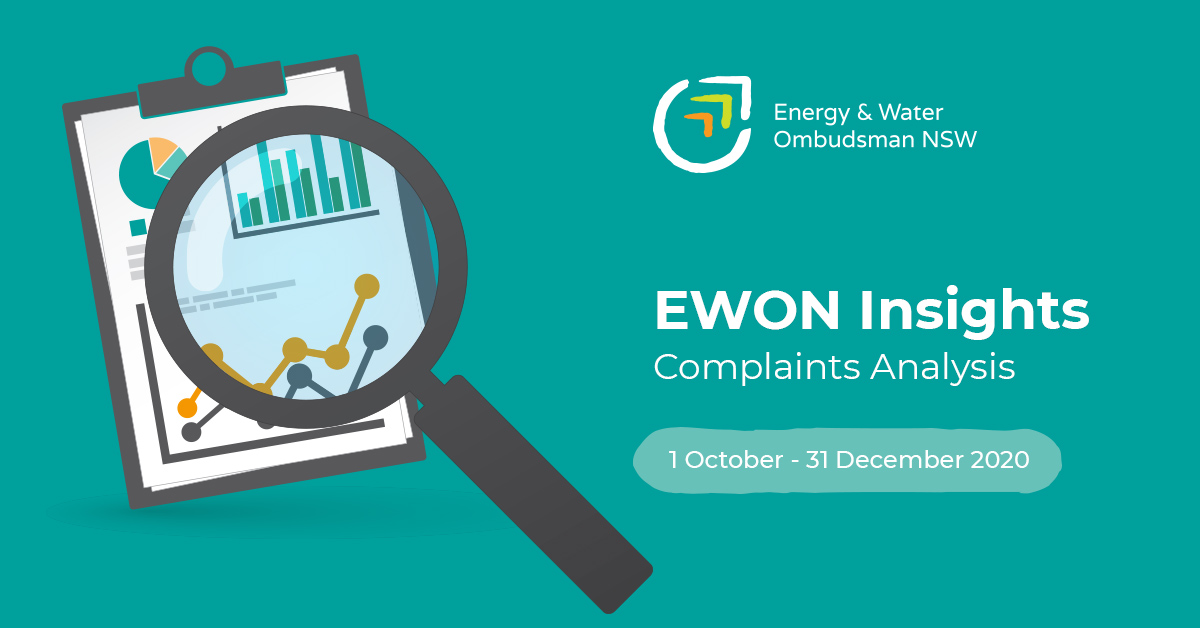

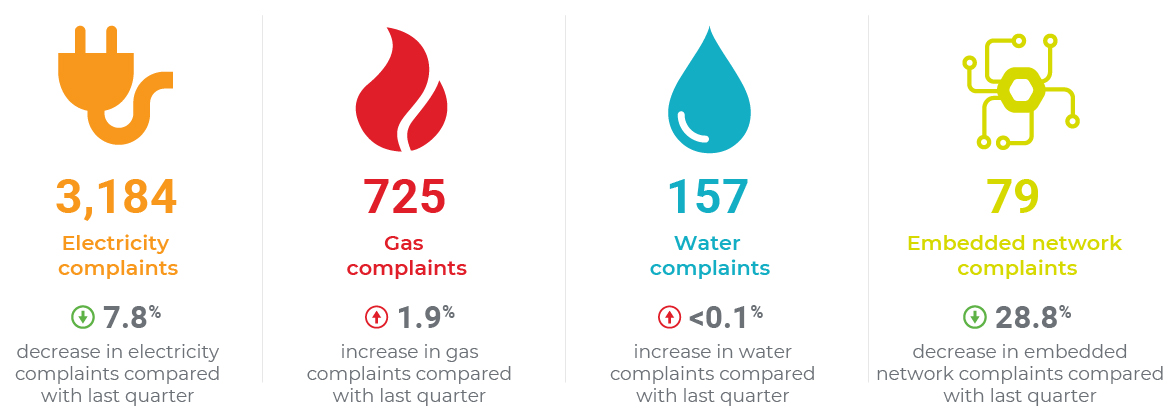
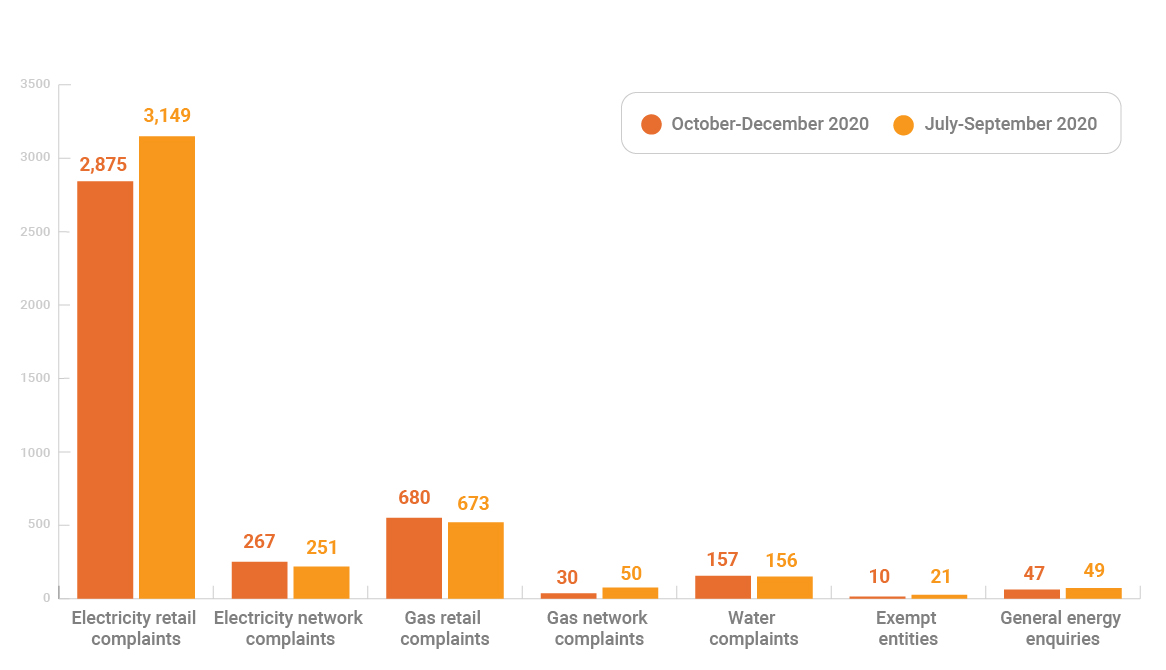

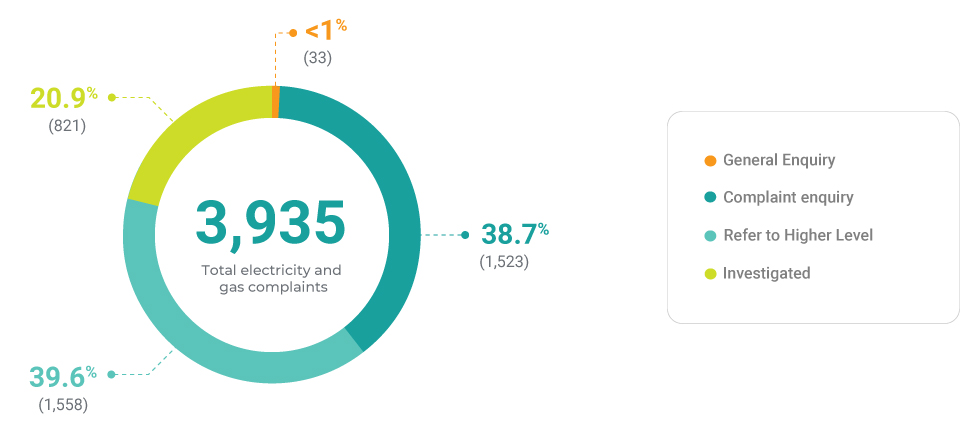
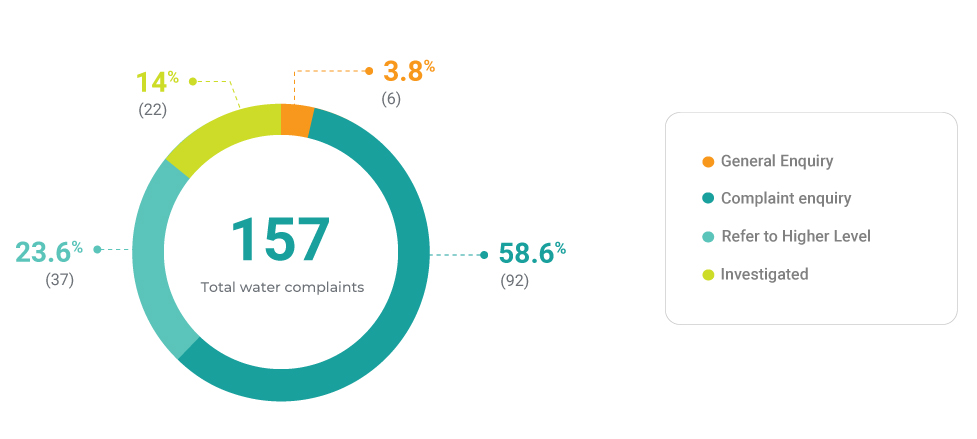
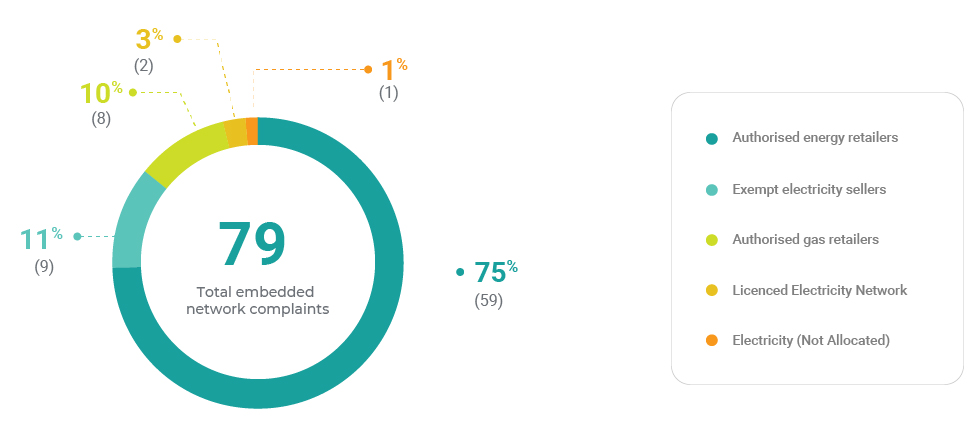
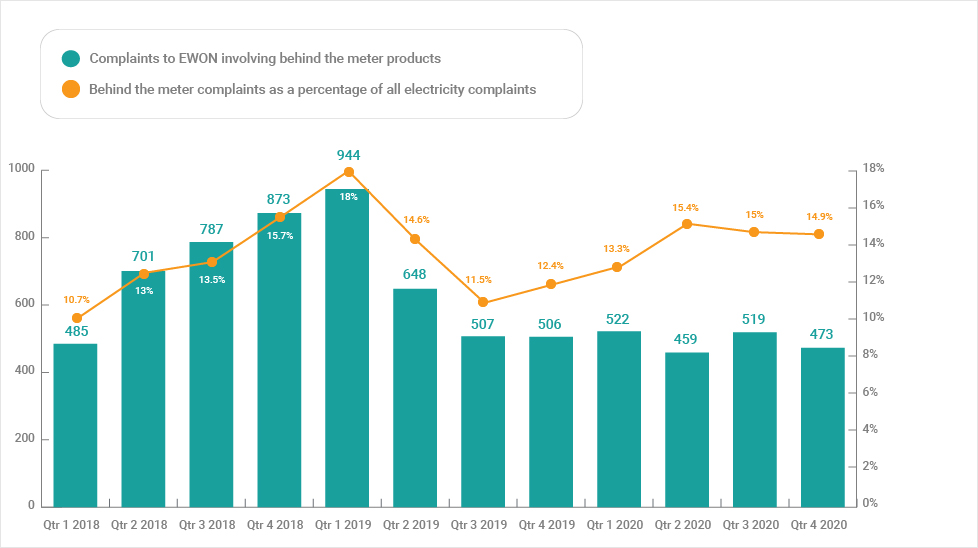
.jpg)

